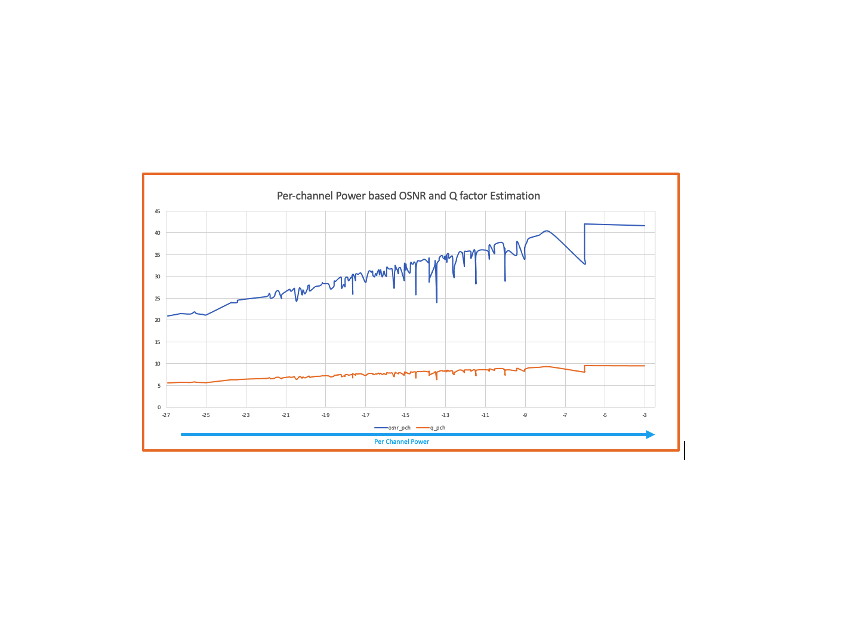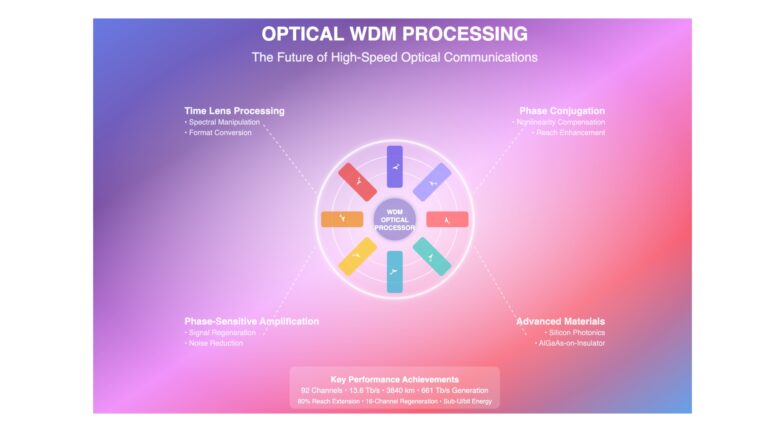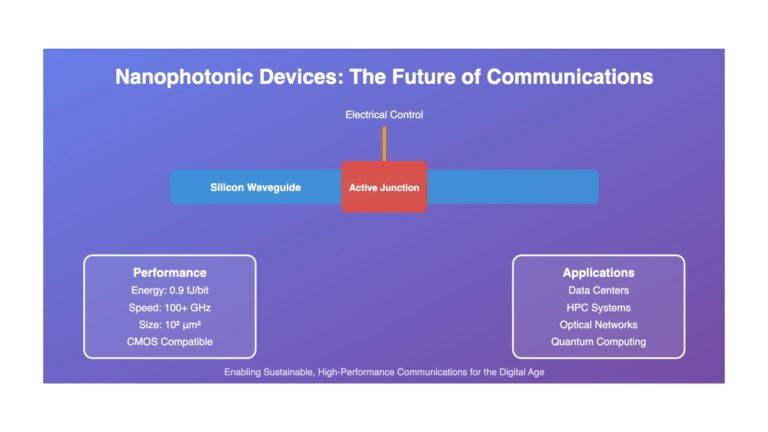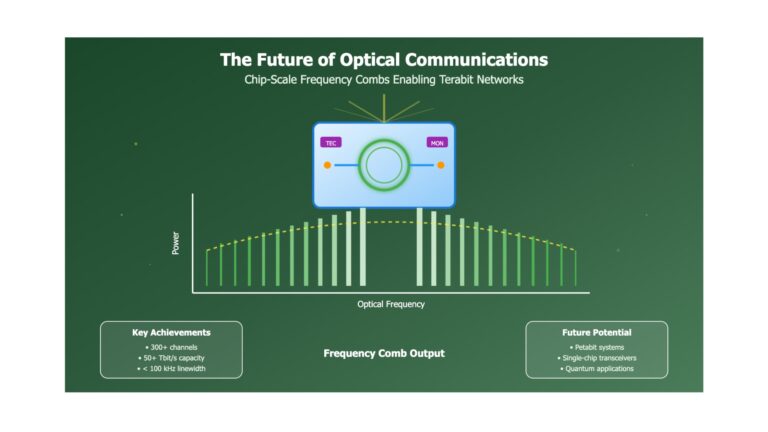Both composite power and per channel power are important indicators of the quality and stability of an optical link, and they are used to optimize link performance and minimize system... Read More

Composite Power Vs Per Channel power for OSNR calculation
You May Also Like
Font Size: A- A A+... Membership Required You must be a member to access this content.View Membership LevelsAlready a member?...
-
Free
-
July 3, 2025
Font Size: A- A A+... Membership Required You must be a member to access this content.View Membership LevelsAlready a member?...
-
Free
-
July 3, 2025
Font Size: A- A A+... Membership Required You must be a member to access this content.View Membership LevelsAlready a member?...
-
Free
-
July 3, 2025



